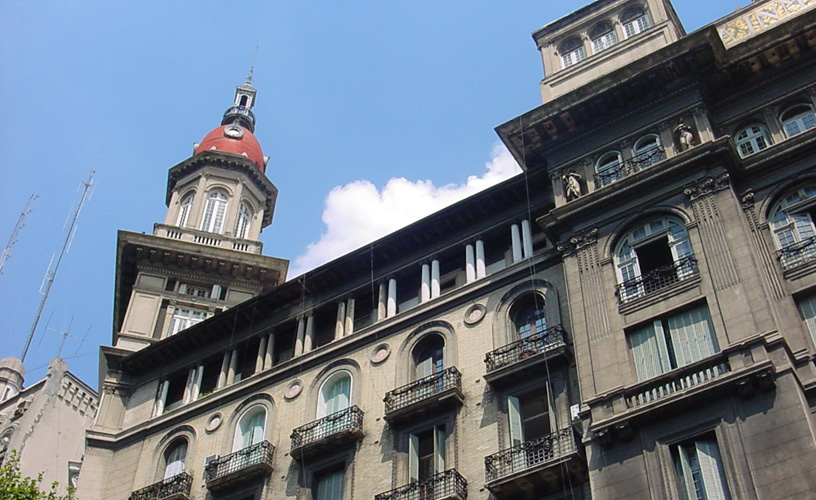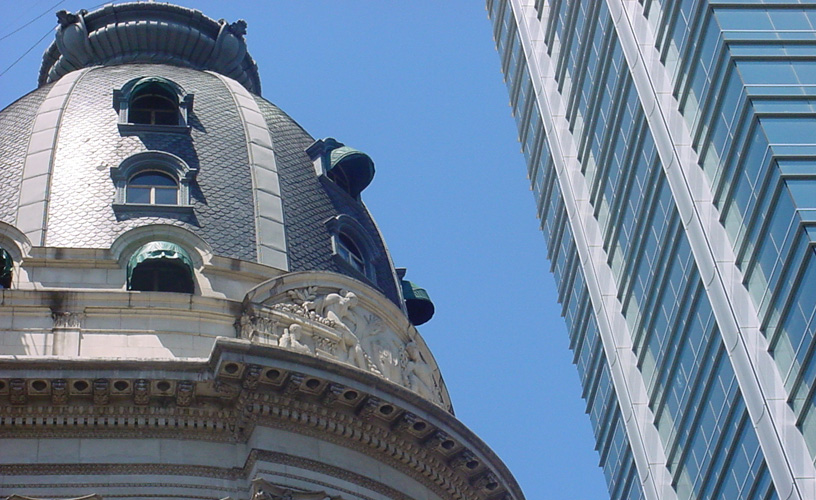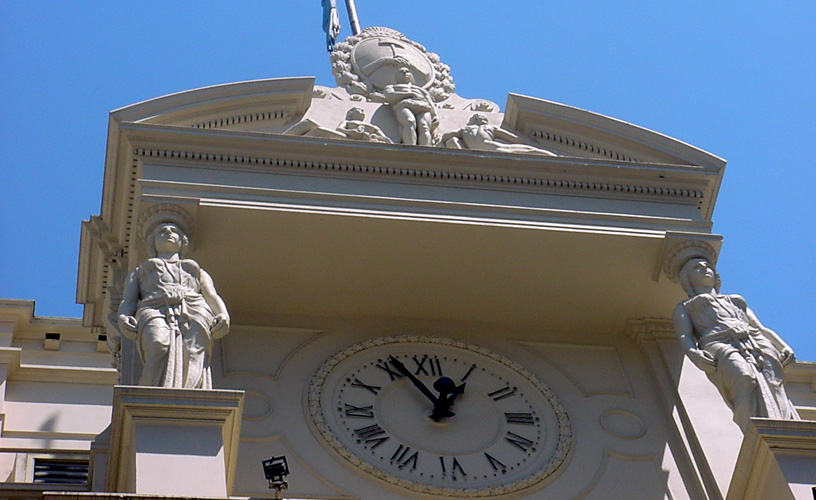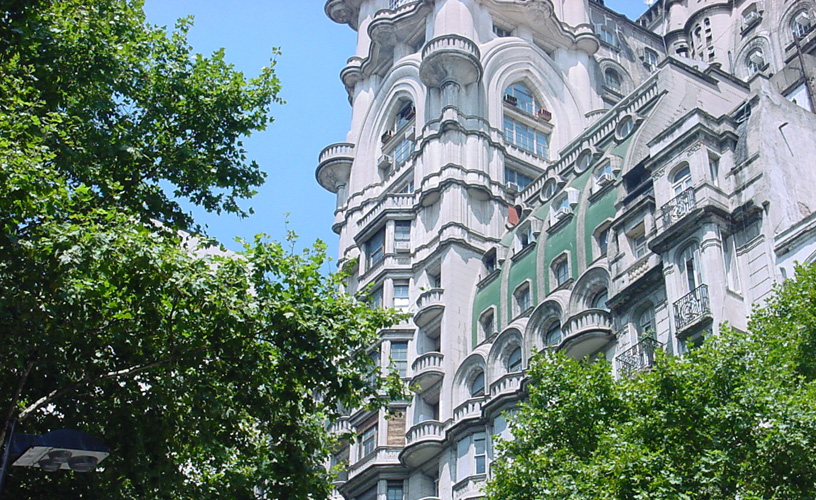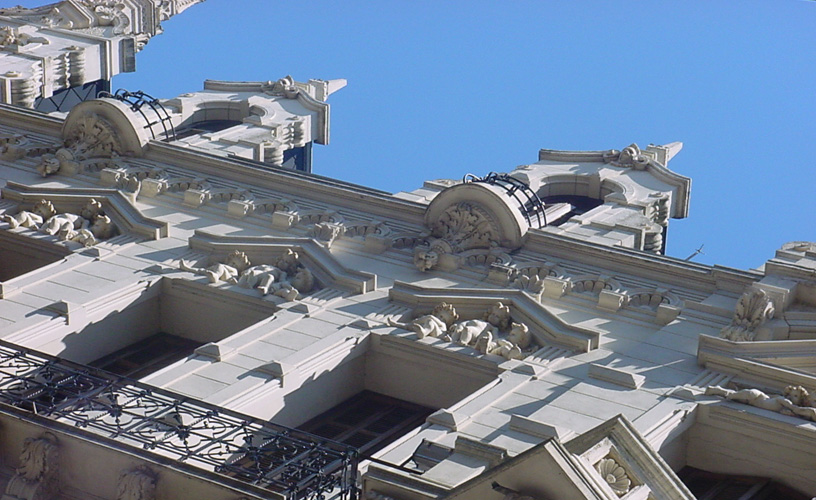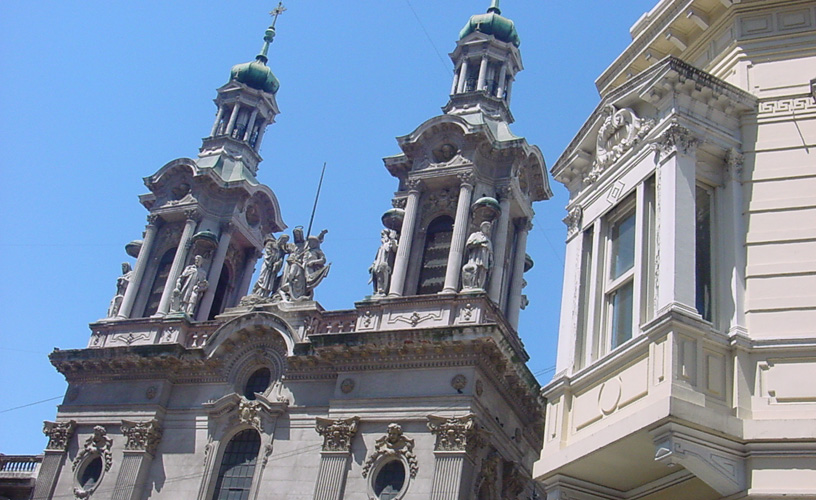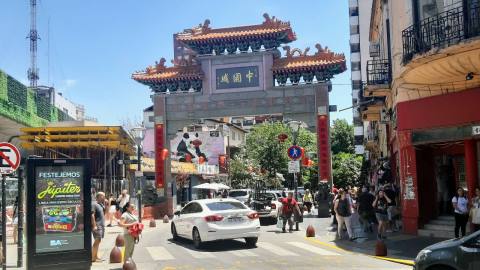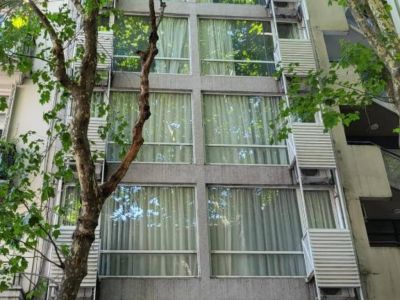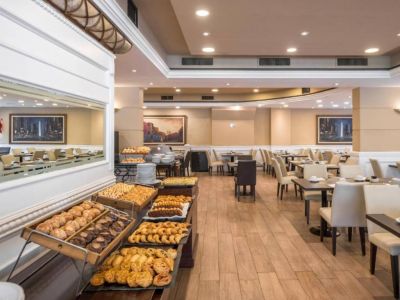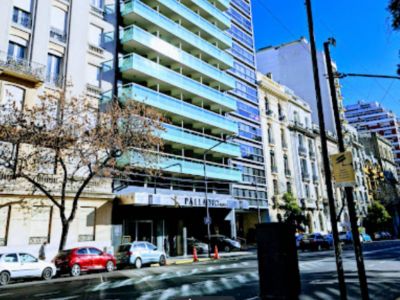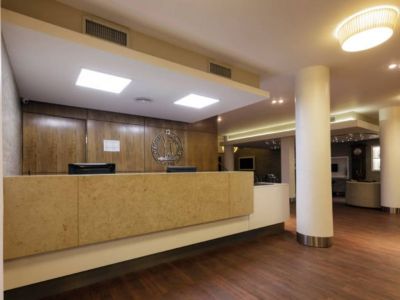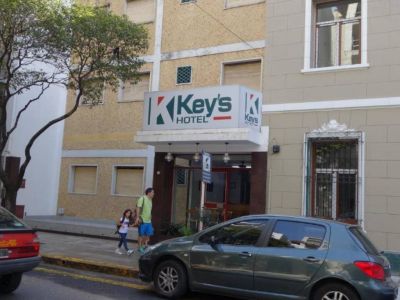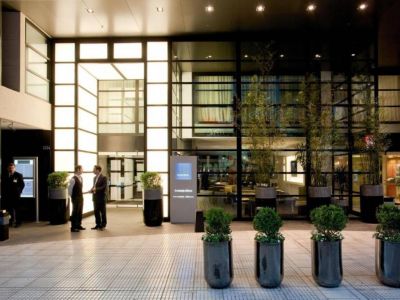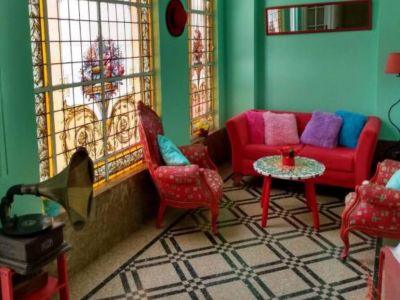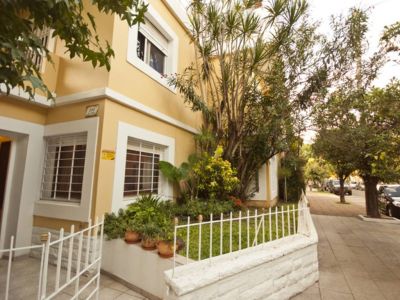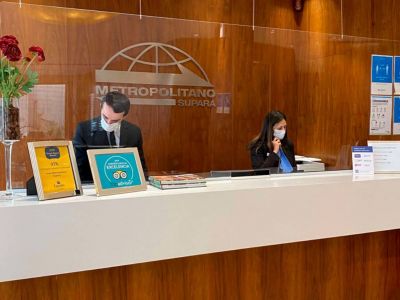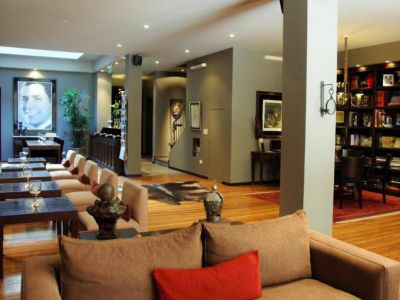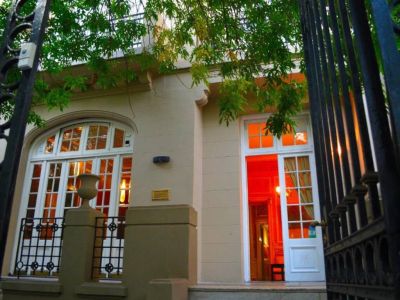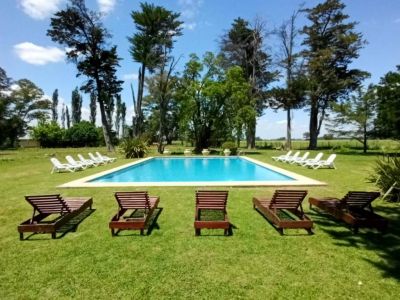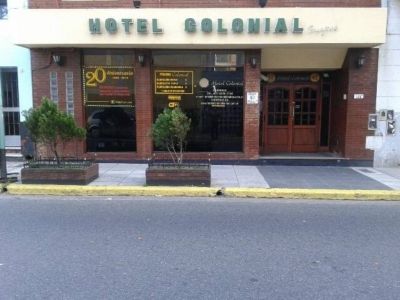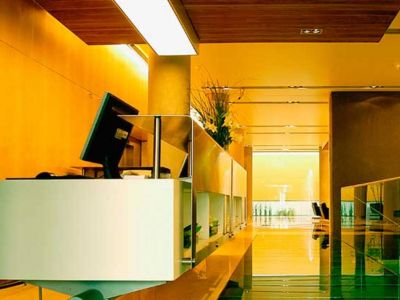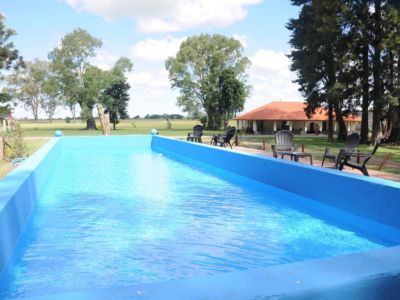Worth the Look
Domes were a synonym for a time of opulence when architecture was a way of being in harmony with God. Most of them did not make it. But the ones still standing give evidence of the glamour that used to dress nice buildings and majestic houses which would belong to the first rich families in the country.
Buenos Aires experienced those days and maybe today has a different kind of glamour. You only need to look upwards and discover real treasures concentrated mostly downtown and in its surroundings.
A vast majority is located in the buildings surrounding the Congress and along the very French Mayo Avenue, as well as in the financial center of the city and the Court building area.
Buenos Aires’ Domes
One of the most noticeable domes is the one located on the Congress building. A large, emerald-color dome visible even from 9 de Julio Avenue. Right across the street, the old El Molino coffee-shop exposes its mill arms between Rivadavia and Callao Avenues.
Before entering the Mayo Avenue, a huge black dome stands out in narrow Rivadavia Street and reveals a sword point that seems to wish to nail the sky or at least be satisfied with just piercing it.
Walking towards Mayo Square, beautiful Mayo Avenue reveals a large building with the name “La Inmobiliaria” on its walls which shelters two domes, one on the corner of Sáenz Peña Street and the other on San José Street.
A block ahead, the unique Barolo, a real architectural jewel, may be appreciated. It invites lookers to observe its countless balconies for minutes -even hours- on end, and it shows the magnitude and elegance impregnated on buildings from the XIX century. Its twin rests in the city of Montevideo, in Uruguay.
As a result of the influence of highly European archicture on this domes, in addition to the needs of the XIX century local bourgeoisie of resembling the high European classes, great building masters and artists were hired and brought to America.
Thus, the Argentinian dominating classes began to crown their large buildings with domes. At first, they were designed as pigeon houses, but then, they had a life of their own because they multiplied the property value and gave the status of wealthy family to those who dwelled a domed building.
The porteños from those days used to think that way, or at least some of them.
Various hotels owned by immigrants adopted the fashion and the phenomenon became massive. Investing in a dome would guarantee status. And that was right what the owners of these real palaces -most of whom came from the most wealthy countries in Europe- were looking for.
After crossing Florida Street, you may appreciate the dome of the La Prensa newspaper building, where the House of Culture works today. In addition to majestic architecture, it is possible to see children making the bells ring there. This was another distinction that the city buidings were beginning to have, which were later copied by the buildings located around the Mayo Square. Statues of children, men and women, as well as dozens of statues imitating Michelangelo’s style.
If you continue up to the Mayo Square, the giant columns of the Banco de la Nación Argentina building and its large green domes may be observed. Every afternoon, they pose their shade onto the famous Pink House, which, even though it does not have any domes, stands out for several reasons that may be observed by looking at the top of its walls.
Of various styles, among which the Arabian, the Spanish and the Russian styles outstand, the domes have endured the passing of time, storms, rains and endless summers and have been privileged witnesses of Argentinian history since time immemorial.
Today, they stand there. Inmune to everything, whether they are old or recycled. Crowded with pigeons who share time with them and look at us from there in our daily rhythm. They are worth looking at and being discovered by their name and age.
Pablo Etchevers
Pablo Etchevers
